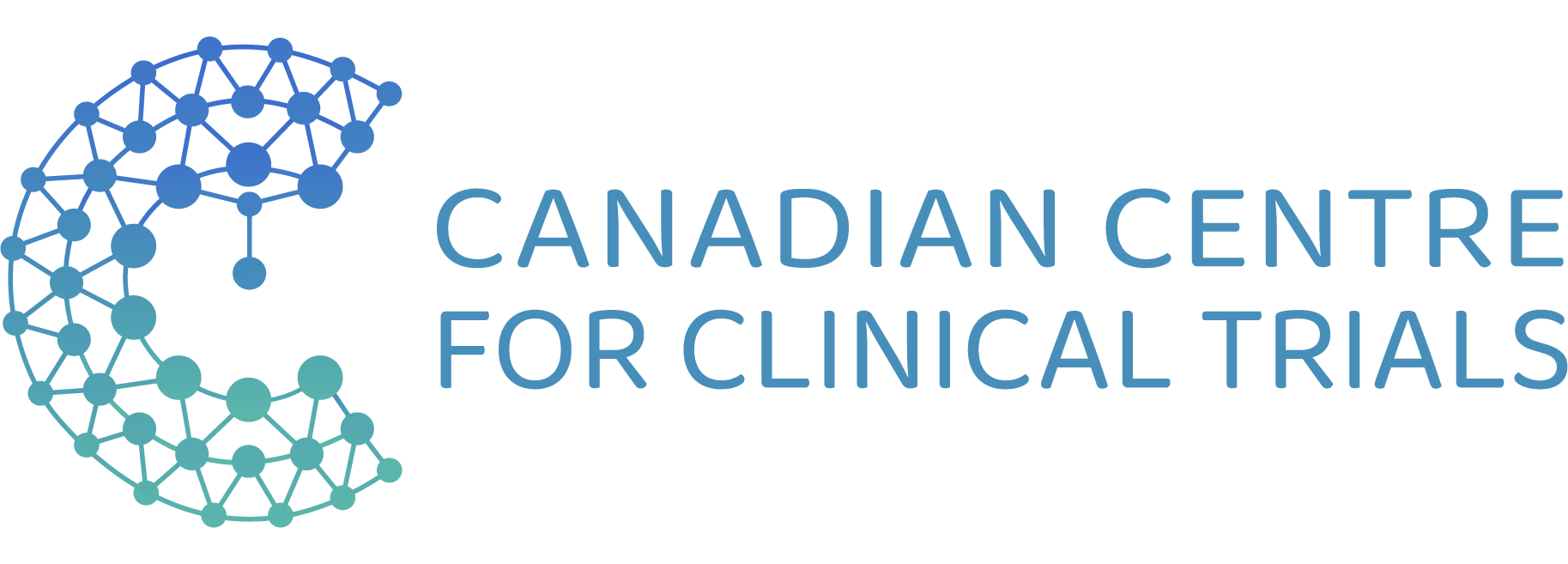Diet has been shown to impact internal processes. Specifically, the inclusion of antioxidants in one’s diet can reduce the rates of oxidative stress.
DNA can be damaged as a result of oxidative stress, which can, in turn, promote cancer.
Many studies have shown the antioxidant effect of introducing more fruits and vegetables into the diet, however, few investigate how cruciferous vegetables (such as broccoli sprouts and brussel sprouts) affect oxidative stress.
Two biomarkers of oxidative stress, 8-hydroxy-2-deoxyguanosine (8oxodG) and 8-isoprostane (8-iso-PGFα) have been shown to decrease in subjects who increased their fruit and vegetable intake, but their relationship to cruciferous vegetable intake specifically has not been largely studied.
Relationship between the increase in cruciferous vegetable intake and oxidative stress
As such, a recent post-hoc analysis by Wirth et al., published in Cancer Investigation, examined the relationship between an increase in cruciferous vegetable intake and oxidative stress biomarkers 8-iso-PGFα and 8oxodG.
What was considered in this analysis?
Since the original study aimed to investigate how a high cruciferous vegetable diet affected women undergoing breast biopsies, this analysis further classified the results based on those with a history of breast cancer and those without.
Sixty-nine postmenopausal women, between the ages of 46 and 83 who were recruited from a breast cancer clinic, were randomly assigned by breast cancer status to an intervention group and a control group.
Some study eligibility considerations
For eligibility they had no health condition that would prevent their participation in the study, if they had breast cancer, the treatment was completed at least a year prior to the study, and they were not on steroids, diuretics, antibiotics, or medications for the thyroid.
Prior to the start of the trial, subjects completed a questionnaire on health history, lifestyle factors, and dietary knowledge.
Body measurements (including percent body fat, height, body mass, and circumference of the hip, abdomen, and waist) were also taken at baseline and at the two clinical visits.
On average the women had body mass indices of 28.9 kg/m2 (+/- 5.64 kg/m2), body fat percentages of 39.6% (+/-5.6%), and fruit and vegetable consumption of 5.6 servings per day (+/- 2.4 servings/day).
Additional Considerations
They were also given a visual aid to help them estimate portion sizes of their food because at random points during the trial, registered dieticians conducted phone interviews to monitor and log the subjects’ food intakes from the past 24 hours.
To measure biomarker levels, urine samples were taken first thing in the morning (called first-morning urine samples) at two clinical visits, 12 hours prior to which participants were prohibited from using any dietary supplements and from participating in intense physical activity.
Out of the 69 women, 35 received the intervention through 9 cooking classes over 3 weeks in which registered dieticians provided a cruciferous vegetable cookbook, counseling on better dietary options, and fresh cruciferous vegetables to add to their daily diets.
Those in the control group (34 women) were instructed to continue with their usual dietary habits, and only following their second clinical visit received invitations to join cooking classes.
Both the intervention group and the control groups had 29% of subjects who had a previous breast cancer diagnosis.
Events during the follow-up
At follow-up, the intervention group had increased their cruciferous vegetable intake by 2.6 +/- 1.5 servings/day and the control group had decreased their intake by -0.15 +/- 0.6 servings per day.
From baseline, the intervention group showed a decrease in 8-iso-PGFα of 117 pg/mL and the control group experienced an increase of 193 pg/mL. In regards to 8oxodG, the controls showed an increase of 0.52 while the treatment group had a decrease of 0.74 from baseline.
What about the results?
The investigators then classified these results based on participants with a history of breast cancer versus those without.
In the treatment group, significantly reduced 8oxodG levels were found among women with a history of breast cancer compared to women with a history of breast cancer in the control group.
However, women with a history of breast cancer had no significant difference in 8-iso-PGFα in both the intervention and control groups.
Levels of 8oxodG and 8-iso-PGFα were not significantly different when comparing women without breast cancer in the intervention group to those in the control group.
Overall, after a three-week cruciferous diet intervention, subjects did not experience statistically significant differences in 8-iso-PGFα or 8oxodG, although among women with breast cancer 8oxodG levels were reduced. Many factors contributed to the limitations of this study.
In other studies focusing on oxidative stress biomarkers, sample sizes were greater than 200, whereas this study only used 69 subjects.
Additionally, with no markers for the number of cruciferous vegetables circulating and only a marker for oxidative stress being monitored, researchers couldn’t observe a direct relationship between cruciferous vegetable intake and oxidative stress.
The use of immunoassays for biomarker analysis when mass spectrometry provides more accurate results, as well as participants self-reporting their food intake also may have contributed to inaccuracies in the study.
In the future, it would be beneficial for participants to have meal plans to be able to more accurately quantify their intake and due to its link to oxidative damage, exclude women who have been exposed to tobacco.
Overall the dietary intervention was successful at increasing the total vegetables served as well as the number of cruciferous vegetables consumed.
The results of this study show that oxidative stress biomarkers such as 8oxodG levels can be successfully reduced in women with a history of breast cancer.
Written by Monica Naatey-Ahumah, BSc
Reference:
Wirth, M.D., Murphy, A.E., Hurley, T.G., & Hébert, J.R. (2017). Effect of Cruciferous Vegetable
Intake on Oxidative Stress Biomarkers: Differences by Breast Cancer Status. Cancer
Investigation. 35(4). 277-287.




